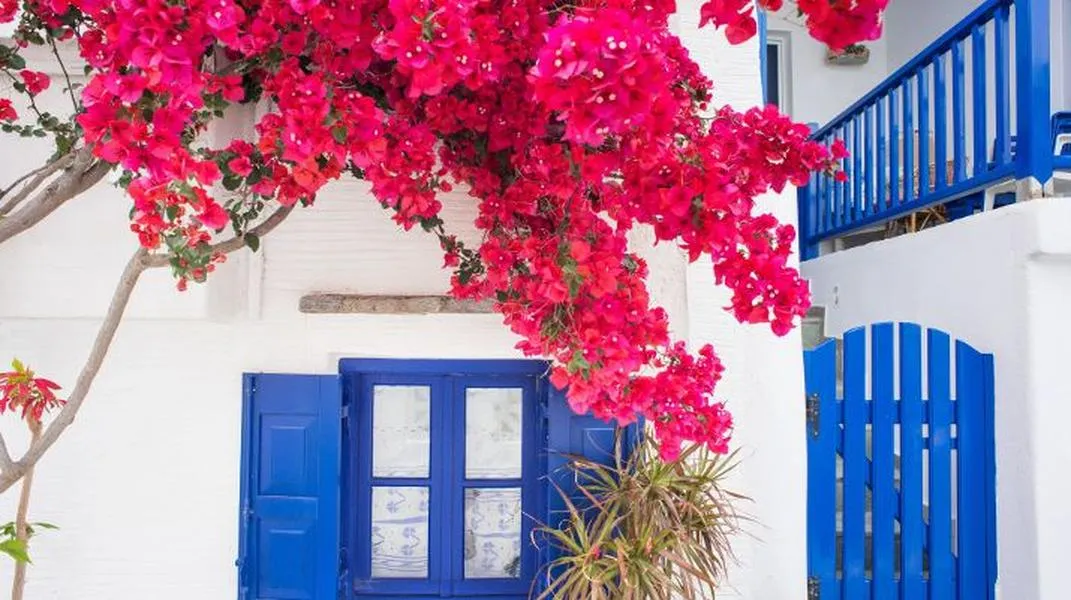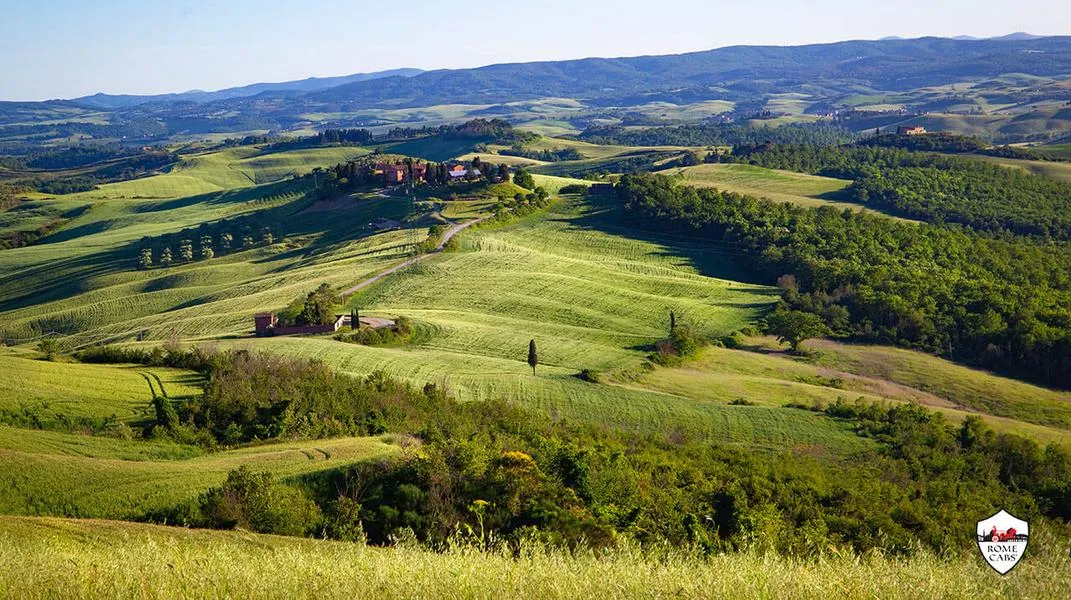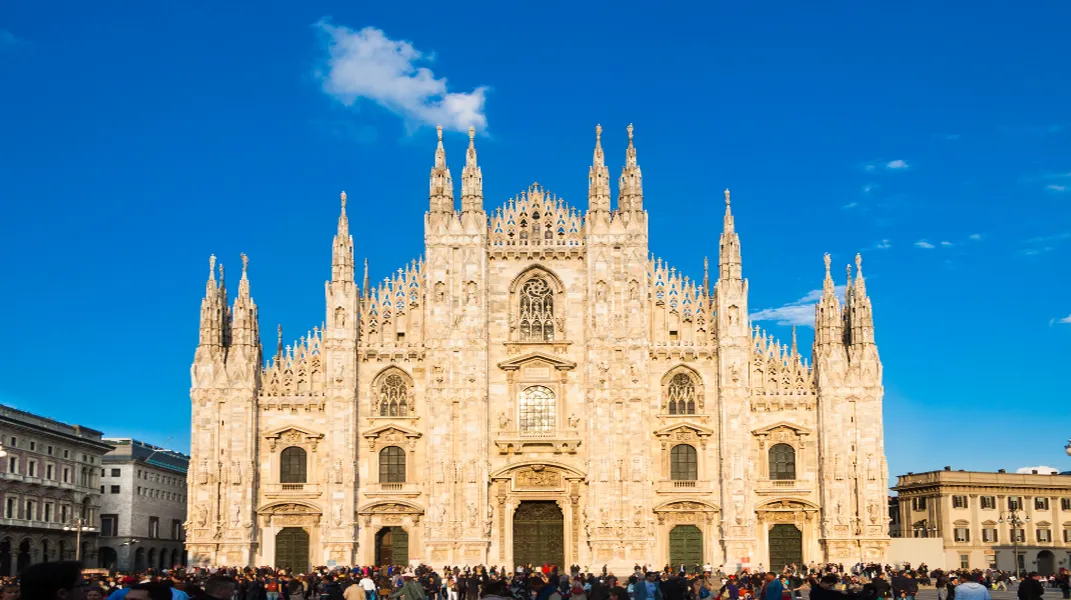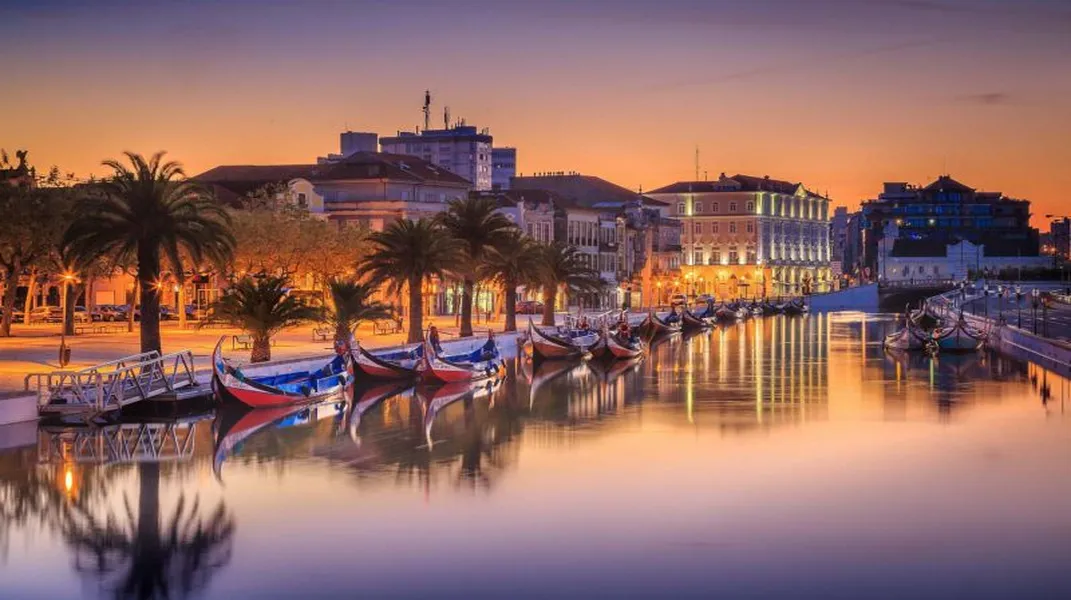Discovering Milos: The Enchanting Greek Island
Nestled in the Aegean Sea, Milos is a picturesque island that is part of the Cyclades group in Greece. Known for its stunning landscapes, rich history, and crystal-clear waters, Milos has become a favored destination for tourists seeking a mix of relaxation, adventure, and cultural exploration. With its volcanic terrain, unique geological formations, and idyllic beaches, the island offers a myriad of experiences that cater to all types of travelers. This article will delve into the many attractions of Milos, provide insights into its history and culture, and outline essential preparations for a memorable visit.

A Brief Overview of Milos
Milos is the fifth largest island in the Cyclades, covering approximately 151 square kilometers and boasting a diverse topography. The island's history dates back to ancient times, with evidence of human habitation dating back to the Neolithic period. Milos is perhaps best known for the discovery of the Aphrodite of Milos (Venus de Milo), an ancient Greek statue that has become a symbol of beauty and is currently housed in the Louvre Museum in Paris.
The island's geology is characterized by volcanic activity, which has shaped its unique landscapes and contributed to its rich mineral deposits. Milos is home to over 70 beaches, each with its own charm and allure, making it an ideal destination for beach lovers and nature enthusiasts.
The Attractions of Milos
1. Stunning Beaches
Milos boasts some of the most beautiful beaches in Greece, each offering a unique experience:
- Sarakiniko Beach: Famous for its moon-like landscape, Sarakiniko features white volcanic rock formations that create a surreal backdrop against the turquoise waters. This beach is perfect for sunbathing, swimming, and photography.
- Kleftiko Beach: Accessible only by boat, Kleftiko is known for its dramatic cliffs and sea caves. The crystal-clear waters provide excellent snorkeling opportunities, while the stunning scenery makes it a popular spot for boat tours.
- Firiplaka Beach: With its colorful cliffs and soft sand, Firiplaka is a favorite among visitors. The beach is well-equipped with sunbeds and umbrellas, and there are nearby tavernas for a refreshing meal.
- Tsigrado Beach: A hidden gem, Tsigrado is a small beach surrounded by steep cliffs. Access requires a bit of a climb down a metal ladder, but the effort is rewarded with a secluded and beautiful setting.
2. Unique Geological Features
Milos is renowned for its unique geological formations, a result of its volcanic origins. Visitors can explore:
- The Catacombs of Milos: Dating back to the early Christian era, these catacombs are one of the largest in the world. Guided tours provide insight into the history of early Christianity on the island.
- The Ancient Theatre of Milos: Built in the Hellenistic period, this theater is carved into the hillside and offers stunning views of the surrounding landscape. It is an important archaeological site that reflects the island's cultural heritage.
- The Sulphur Mines: Located near the village of Adamas, the remnants of ancient sulphur mines are fascinating to explore. Guided tours offer a glimpse into the island's mining history and the importance of natural resources.
3. Charming Villages
The villages of Milos are a blend of traditional Cycladic architecture and vibrant local culture:
- Plaka: As the island's capital, Plaka is perched on a hilltop and offers stunning views of the sunset. The narrow streets are lined with white-washed houses, colorful doors, and charming shops. Don’t miss the chance to visit the Venetian Castle for a taste of history.
- Adamas: The main port of Milos, Adamas is a bustling village filled with shops, restaurants, and cafes. It serves as a great base for exploring the island and is known for its lively atmosphere.
- Pollonia: A picturesque fishing village, Pollonia is perfect for a relaxing evening stroll along the waterfront. The village is also a gateway to nearby islands like Kimolos.
4. Cultural Experiences
Milos is rich in culture and tradition, offering visitors the chance to immerse themselves in local customs:
- Local Cuisine: The island's culinary scene is a highlight of any visit. Don’t miss trying regional dishes like "pitaridia" (a type of pasta), "milos" cheese, and fresh seafood. Visit local tavernas for an authentic dining experience.
- Festivals: If your visit coincides with local festivals, such as the Feast of the Assumption in August, you’ll have the opportunity to experience traditional music, dance, and food.
- Art and Craft: Milos is home to various artisans creating pottery, jewelry, and textiles. Visiting local workshops or markets can provide unique souvenirs and support the local economy.
Preparing for Your Visit to Milos
To ensure a smooth and enjoyable visit to Milos, it is important to prepare adequately. Here are essential materials and tips to consider:
1. Travel Documents
- Passport and Visa: Ensure your passport is valid for at least six months beyond your planned departure date. Depending on your nationality, check if you need a visa to enter Greece.
2. Transportation
- Flights: The nearest airport is in Milos, with seasonal flights connecting it to major cities in Athens and other European destinations. Alternatively, you can fly to nearby islands and take a ferry to Milos.
- Ferries: Ferries operate regularly between Milos and other Cycladic islands, making it easy to explore the region.
- Local Transport: Renting a car or scooter is highly recommended to explore the island at your own pace. Public transport is available but may be limited.
3. Accommodations
- Hotels and Villas: Milos offers a range of accommodation options, from luxury hotels to cozy guesthouses. Booking in advance is advisable, especially during peak season (June to September).
- Camping: For those seeking a more adventurous experience, camping is available in certain areas of the island.
4. Packing Essentials
- Clothing: Light and breathable clothing is essential, especially during the summer months. Don’t forget a hat, sunglasses, and sunscreen to protect yourself from the sun.
- Swimwear: With over 70 beaches, bring multiple swimsuits to enjoy the various spots around the island.
- Footwear: Comfortable walking shoes are a must for exploring villages, hiking, and visiting archaeological sites. Flip-flops are perfect for the beach.
- Snorkeling Gear: If you enjoy snorkeling, consider bringing your own gear to explore the underwater beauty around Milos.
5. Health and Safety
- Travel Insurance: It’s advisable to have travel insurance that covers medical emergencies, trip cancellations, and lost belongings.
- Health Precautions: Stay hydrated, especially during the hot summer months, and be cautious of the sun. Familiarize yourself with local health facilities in case of emergencies.
6. Language and Communication
- Language: While Greek is the official language, many locals speak English, especially in tourist areas. Learning a few basic Greek phrases can enhance your experience.
- Connectivity: Check with your mobile provider about international roaming or consider purchasing a local SIM card for data and communication.
7. Currency and Payments
- Currency: Greece uses the Euro (€). Credit and debit cards are widely accepted, but it's advisable to carry some cash for smaller establishments and markets.
Conclusion
Milos is a captivating destination that offers a perfect blend of natural beauty, rich history, and vibrant culture. From its stunning beaches and unique geological features to its charming villages and delicious cuisine, the island has something for everyone. By preparing adequately and embracing the island's spirit, visitors can create lasting memories and enjoy all that Milos has to offer. Whether you seek relaxation, adventure, or cultural enrichment, Milos is sure to leave an indelible mark on your heart. So pack your bags, grab your camera, and get ready to explore this enchanting Greek island!




